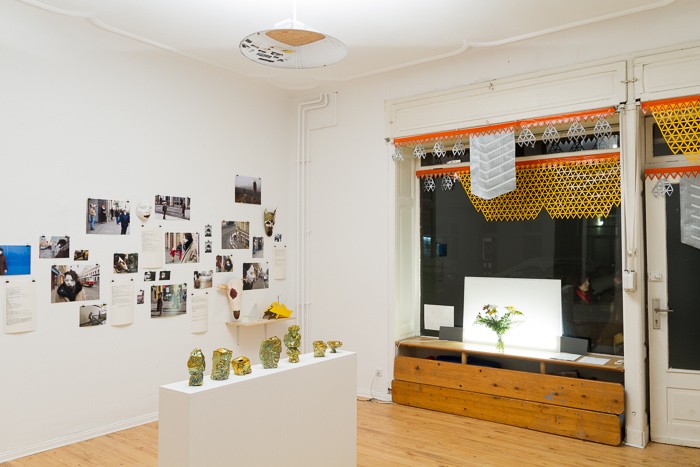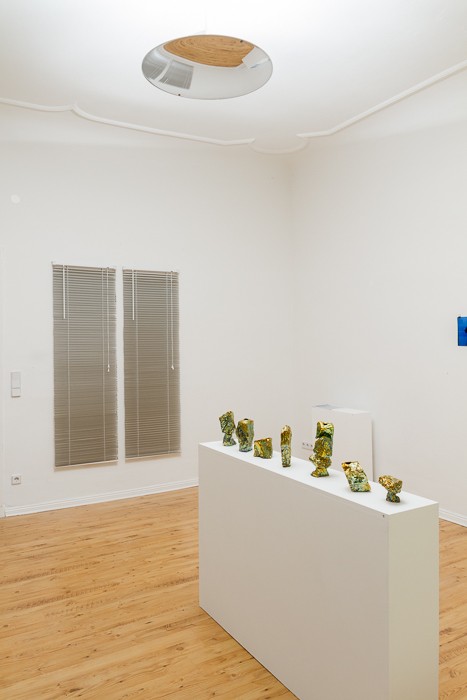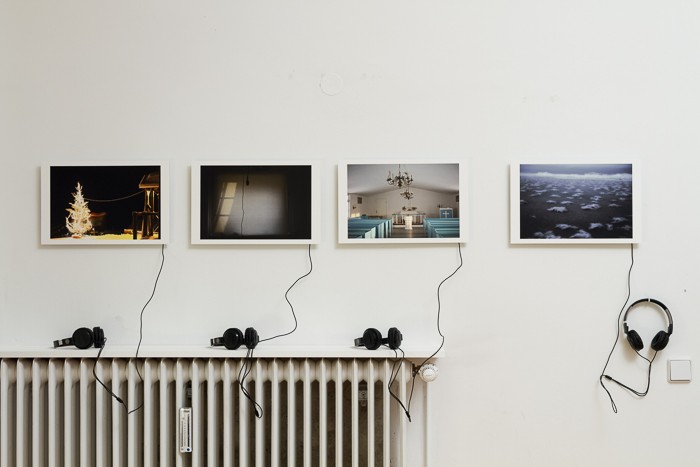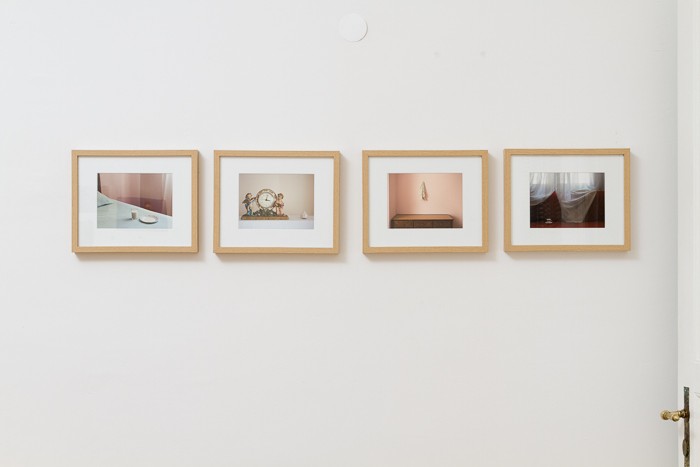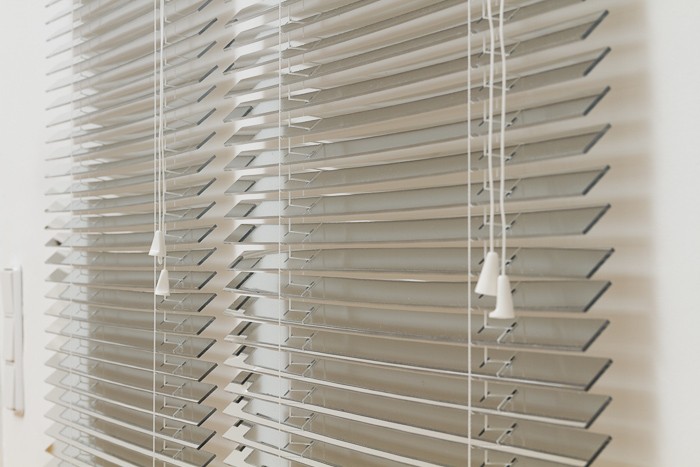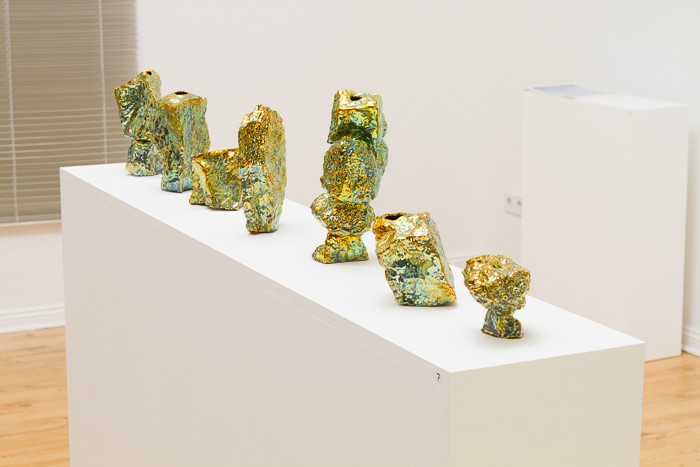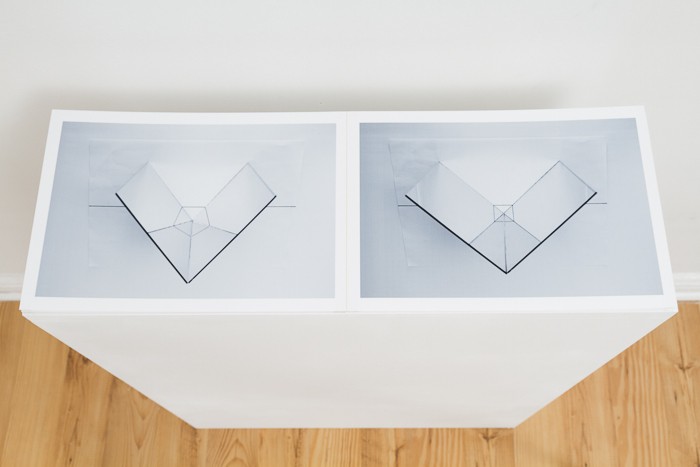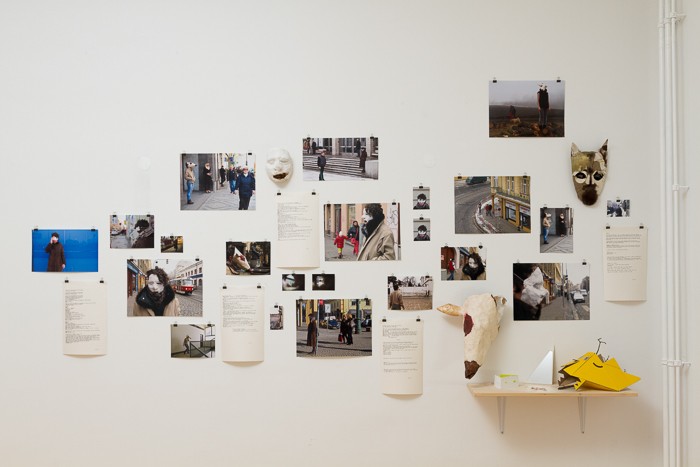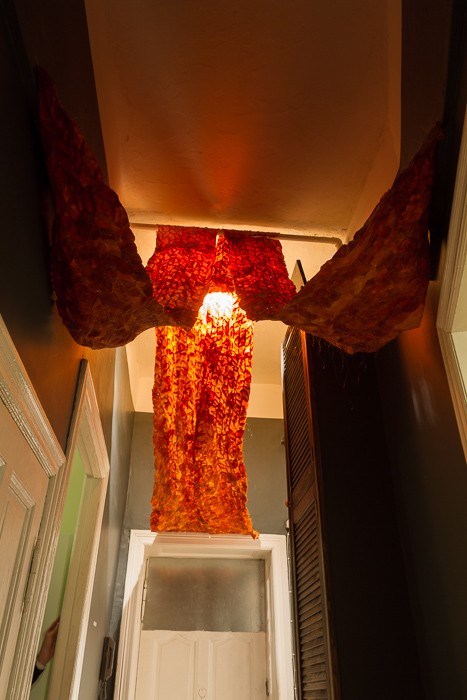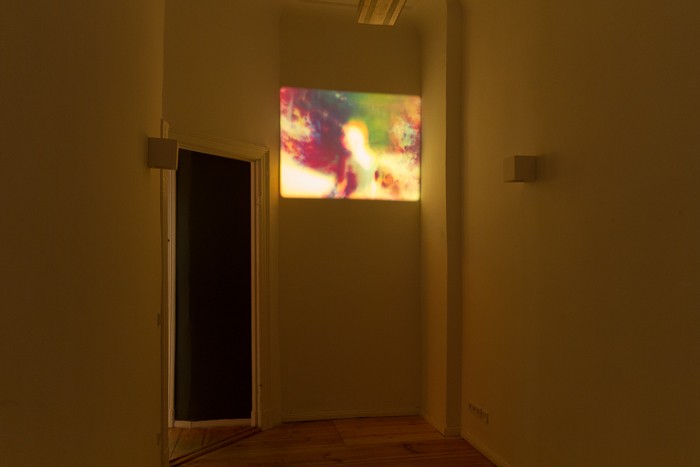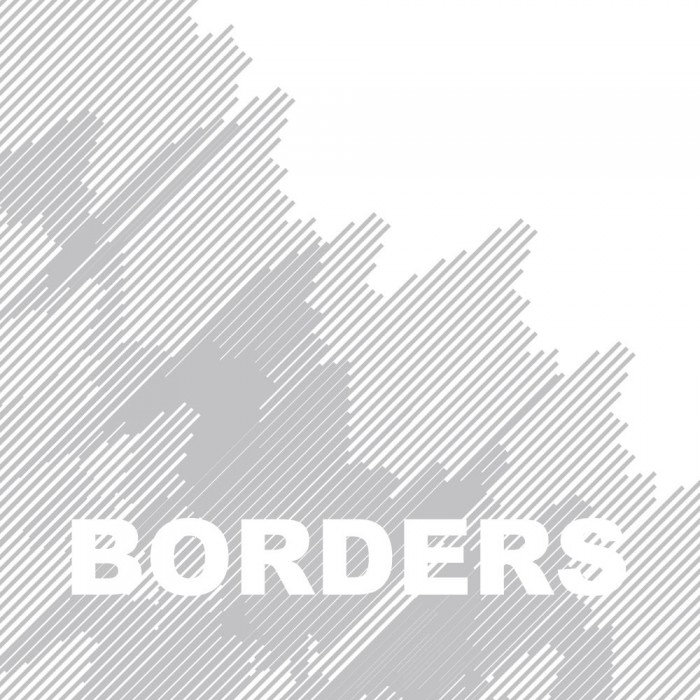
Vernissage:
Tuesday 19.03.2013
20:00–22:30
Borders. These invisible lines run across our globe, separating one country from another, then one region from another, then one city. Invisible lines also run through our societies, segmenting who interacts with who. Invisibility does not make these divisions any less strong. Borders do not have to be as visible as the Berlin Wall once was to exert their effects and, perhaps because of their invisibility, the results of these divisions are accepted unequivocally. Despite living in an era of virtual communication and leisure travel across continents, invisible and unremarked borders remain. We integrate these divisions into our psyche. We also add our own, creating boundaries to define the world, ourselves, and our place in it. The invisible lines are made visible in the works in this exhibition.
These visualizations of borders are alternative viewpoints, from which to reflect outward on what is and inward on who we are to say it. Tackling unwritten cultural limits and pushing the extent of their meaning, documenting the boundaries of nature and human nature, and sometimes just sitting quietly in observation, each of the participating artists brings a unique perspective to his or her cultural exploration. As current Fulbright grantees, first-hand experience of navigating new spaces–in the most literal as well as metaphorical sense–informs these works. The stories they tell, as artist-anthropologists and shaman-artists, are sensitive to the borders they have crossed, aware of the changing societies they inhabit, and intensely questioning of their own roles in them. The works suggest a common interest in how architecture delineates public space, how physical elements manifest in private versus public realms, and the passing temporality of natural, social, and individual lives through the traces left behind. Throughout the artists suggest they know it is a personal, quasi-imaginary sense of place they are creating, one that is as much a product of who they are as a reflection of the new cultural landscape they are navigating.
But the exhibition also creates another kinds of invisible lines: connections. In themselves, the works attempt, perhaps with circumspection or perhaps with audacity, to cross borders and connect to a foreign culture. Moreover, bringing these works and artists together is a remarkable thing. Oceans and miles have been crossed, and people who would perhaps never have met, despite all sharing a country of origin, are temporarily under one roof for this week in Berlin. Here they have the opportunity to present their work not only to each other but to the people of Berlin, creating local connections as well. These connections form an invisible but also very real network. In a world full of borders, connections like this form a nexus for mutual exchange and understanding. In that sense the exhibition is proudly in the tradition of the Fulbright program.
Link: Borders website
